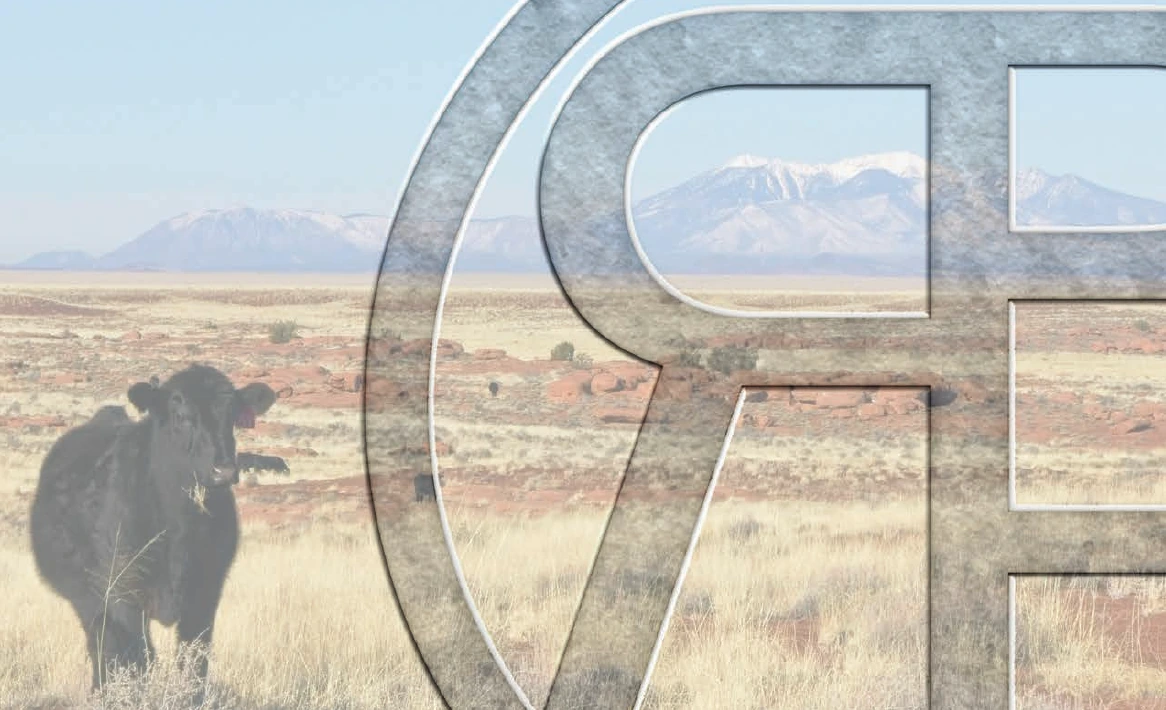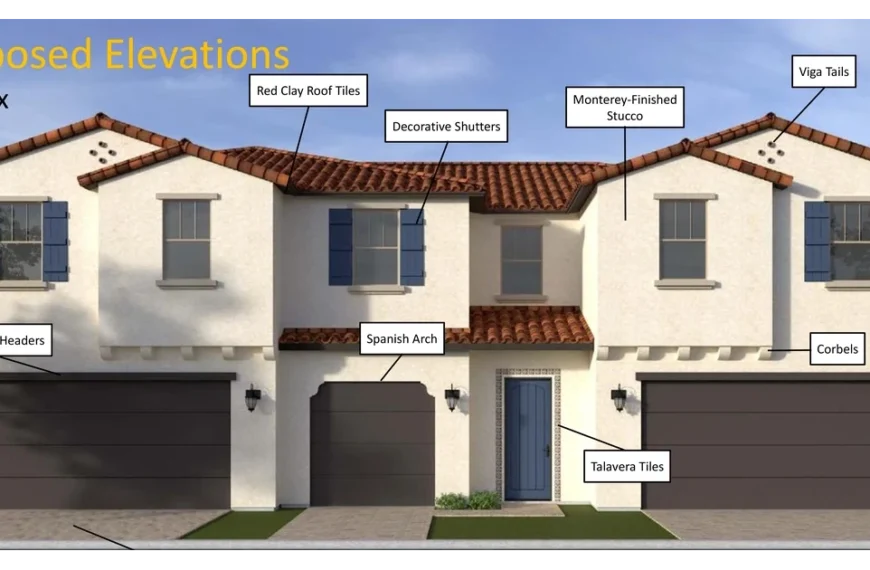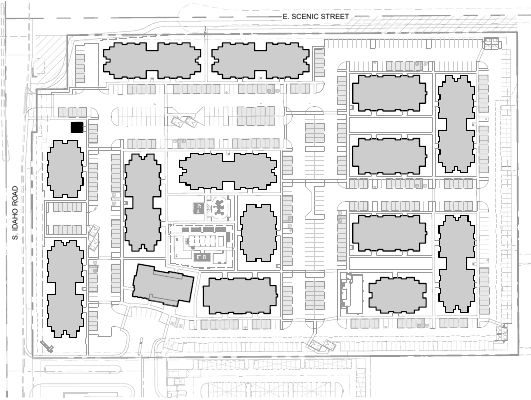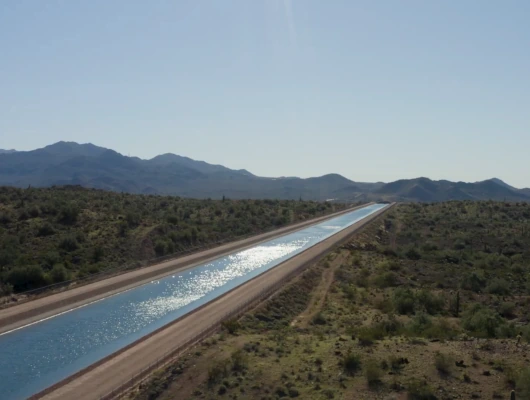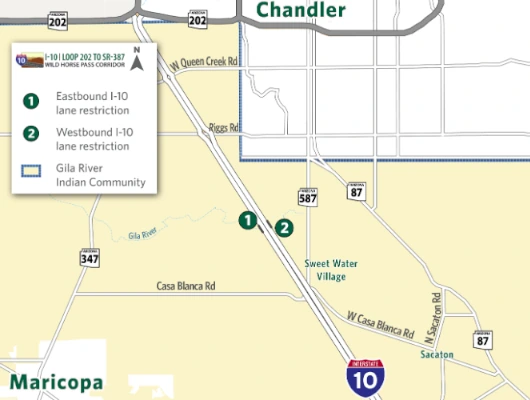Key Points
- Denial Vote: On August 27, the Pinal County Board of Supervisors voted to deny rezoning and PAD overlay applications for the Rio Blanco development, siding with community opposition.
- Scale of Proposal: The project sought to convert 597 acres southwest of Maricopa into 2,089 homes plus 15 acres of commercial space.
- Existing Entitlements: The northern 277 acres already carry 2005 approvals for 917 homes and 15 acres of commercial use, which remain valid.
- Community Opposition: Planning staff received 186 letters opposing the project versus nine in support, citing density, rural character, water, and infrastructure concerns.
- Board Concerns: Supervisors highlighted traffic impacts on SR 347, lack of infrastructure, and rural preservation as reasons for denial.
- Next Steps: While this proposal was rejected, the property owners may revise and resubmit; current entitlements on the northern portion remain in force.
Board Rejects High-Density Subdivision Despite Concessions
The Pinal County Board of Supervisors voted to deny the controversial Rio Blanco development on August 27, following intense opposition from rural community members and a 7-1 denial recommendation from the Planning and Zoning Commission. The decision denies the proposal to develop 597 acres southwest of Maricopa into a 2,089-lot subdivision, though previous entitlements remain.
This article continues coverage from our previous report on the Planning and Zoning Commission’s denial of the project in May.
The Final Vote
The Board considered two companion cases: PZ-005-24 (rezoning) and PZ-PD-003-24 (planned area development overlay). Both items were heard together, with extensive public testimony before the Board ultimately voted to deny both applications.
After hearing from the applicant and numerous public speakers, the Board took a brief executive session to discuss procedural matters regarding proposed stipulations. County counsel advised that the Board had authority to add stipulations but needed to consider whether the proposed changes were substantial enough to require sending the matter back to Planning and Zoning for additional public notice and review. Upon returning, Supervisor Mike Goodman moved to remand the cases back to Planning and Zoning to clean up legal descriptions and other unclear elements, but that motion failed. Supervisor Rich Vitiello then moved to deny agenda item 21 (the rezoning), seconded by Vice-Chairman Jeff McClure, and the motion passed. For agenda item 22 (the PAD overlay), Chairman Miller closed the public hearing and Vitiello again moved to deny, with McClure providing the second, and that motion also passed.
Location and Development Details
The Rio Blanco property sits at the northwest and southwest corners of West Teel Road and North Amarillo Valley Road in unincorporated Pinal County. The development would have included approximately 2,089 residential lots at a density of 3.5 dwelling units per acre, along with 15 acres of commercial space.

The property has a complex zoning history. The northern portion was previously approved in 2005 under a Planned Area Development (PAD) covering approximately 277 acres—with CR-3 zoning for 917 residential lots on about 262 acres and CB-1 commercial zoning on about 15 acres. The southern 320 acres remained zoned General Rural and had operated as a dairy farm since 1995.


Staff Concerns
County planning staff identified two primary concerns with the proposal. Staff raised questions about the roadway improvements planned at the intersection of West Louis Johnson Drive and Amarillo Valley Drive. Additionally, they recommended including a wider variety of lot sizes to create more diverse housing options for future residents.
Staff received 186 letters of opposition and nine letters of support. Opposition letters cited concerns including increased density, loss of rural character, water resource scarcity, inadequate rural roads and infrastructure, poor emergency response times, and significant reduction of minimum lot sizes.
Key Discussion Points from the Board Meeting
2005 Entitlements and Property Rights
During questioning, Chairman Miller asked for clarity about existing entitlements, noting that half the property currently has entitlements on it dating to 2005. Staff confirmed that the 2005 case allowed for 917 residential units on 277 acres for the north portion, while the south portion remained General Rural and had operated as a dairy since 1995.
Applicant’s Presentation and Community Response
Attorney Jordan Rose of Rose Law Group, representing the applicants, emphasized the property’s designation in the county’s growth area. “This is located in the West Pinal Growth Area, and when you designated this as that, and right before that, there was a lot of infrastructure put in. Global Utilities, for example, came in and decided to serve this area. And this area became the place for master plan communities because it’s where it’s a great transportation to Coolidge and to Casa Grande and to Maricopa, to Tucson even.”
Rose quoted from the Comprehensive Plan: “The purpose of the Pinal County Growth Area element is to define areas where development will be encouraged to occur and develop over the next decade.” She added, “Growth is anticipated in this area due to major transportation assets. Employment areas will significantly add to the job base in Pinal County.”
Regarding the development’s history, Rose explained: “This site has been planned. The north part of it, we took in a rezoning. Now, we only took the north part because Arnaldo and his family wanted to keep the dairy on the south part in 2005. So we took the north part, but we said to Arnaldo, ‘Look, the Comprehensive Plan shows it as a master plan community, so when you’re ready to stop dairying, it will be consistent.'”

Displaying the comprehensive plan designation map of the area, Rose pointed out: “Look at all the yellow. That’s all the area that the county has designated for over 20 years as a master plan community area. And so there’s areas that are pockets for rural communities and Thunderbird Farms is up in the white, in the northwest there”.


Rose addressed transportation infrastructure, noting “there’s a parkway, the Val Vista on the north. There’s a principal arterial on the south, and then there’s the 347 and the I-11 freeway into the future. And you can see there’s all sorts of other roadways that your county engineering staff… This is the county map of where those are planned.”

Changes Following Planning and Zoning Meeting
Rose detailed modifications made after the Planning and Zoning Commission hearing, including:
- Removal of all 40-foot wide lots entirely from the project
- Addition of 55-foot wide lots, described as the largest in master plan communities
- Half-acre lots adjacent to existing neighbors with single-story home restrictions
- Total lot reduction from 2,089 to 1,970 lots
- Density reduction from 3.5 to 3.3 dwelling units per acre
- Expansion of commercial space to 15 acres, including medical office uses
Public Comment Highlights
Letters of Support and Opposition
Staff reported receiving 186 letters of opposition and nine letters of support. The overwhelming opposition came from residents concerned about rural character preservation, infrastructure capacity, and property values.
Support Speakers
Richard Greaves, a dairy farmer, spoke in support of the development, noting his familiarity with the area and the infrastructure potential of the 347 corridor.
Rosemarie Burgos, daughter of the property owners, defended the family’s American Dream story and emphasized their long commitment to the county. She described her father Arnaldo’s journey from Honduras and his role in building Arizona’s dairy industry.
Opposition Speakers
Maryeileen Flanagan challenged claims about voter approval of the comprehensive plan, stating: “Despite the slide that said we voted on, that Pinal County voters voted on it, we did not. I voted in every election since 1996 and never has the comprehensive plan been on the ballot.”
Ken Lepper presented arguments about zoning reversion, noting “In the statute, the Board of Supervisors can, in fact, if no one develops the land, change the zoning back to what it was before and invalidate that particular PAD. That’s not being done because it says may, not will. That’s a flaw.” He emphasized that “The applicant’s property rights can’t be ascendant. Everyone’s is equal, and we’ve had problems with rural rights being ignored”.
Tia Bass, whose property borders the development, described specific impacts: “They’re going to put seven homes on my back pasture fence line” across her one-acre boundary. She explained her decision to move to the area: “We have an HOA community of 20 homes. Very livestock friendly. I searched all over the valley, all the way down to Tucson, Gold Canyon, Chandler, Queen Creek, searching for my property and I selected this for its community and actually for its HOA” and its water laws supporting her livestock lifestyle.
Transportation Infrastructure Concerns
Supervisor Rich Vitiello expressed significant concerns about traffic capacity, particularly on State Route 347. “This is what I’m concerned about. There’s 40 to 50,000 homes, and I’m just gonna mention this because we got the 347 north of the city that’s gonna be three lanes. We have 80,000 residents. We have 58,000 cars that drive out every single day. I witnessed it. I was there since 2014 out waving on 347 to my constituents during my election. Now, we wanna add, eventually, 50,000-60,000 more homes on a two-lane road that’s gonna hit a bridge and then go finally to three lanes out to Maricopa.”
Vitiello continued: “We talk about developments going to people going to drive to Casa Grande. Majority of them, I’ve heard Mr. Goodman say it numerous times, where do they work? Maricopa County. And what I’m getting at is majority of these people are gonna probably drive north for the most part. We can’t handle 347 as it is today, put another 40,000 or 50,000 homes out there, which is I know yours is only 2,000 homes, but my point being is this is the start of a trickling problem that we have in the City of Maricopa, that if I continue to add more homes, I am never gonna get people back and forth, let alone getting back to this area. I also hear people say, ‘It takes me 20 minutes to get from where they live out in Hidden Valley Thunderbird Farms to get over to the city to go buy groceries.'”
However, Vitiello distinguished between the northern and southern portions of the property: “The northern section, I have no problem with it. Build away.” Regarding the southern portion, he stated: “They could build on the north, there’s nothing we can do about that. That’s just the way it is. But on the southern portion, it’s general rural and I don’t see why we wanna change that. Let’s build ranchettes and go from there”.
Chairman’s Perspective on Infrastructure
Chairman Miller offered his perspective on Arizona’s transportation challenges: “Arizona is horrible at transportation, and I’ll just add that little editorial, because they won’t raise the gas tax, they won’t put money into road improvements in the state of Arizona… That doesn’t seem to be an appetite in this state. And as long as it’s not an appetite in this state, it never will really correct itself. We’ll have to rely on development to pay for that infrastructure, and that’ll be through impact fees. And impact fees, it’s not a secret, they get added to the cost of the house”.
Miller also noted the inevitability of development in the area: “There will be 40,000 homes out there someday. Will it be in my lifetime? Probably not. But those entitlements were put in place to increase the value of the land. And they were put in place with the idea that they would be sold and developed by somebody”.

What’s Next
The denial of both applications ends this iteration of the Rio Blanco development proposal. The property owners could potentially revise their plans and resubmit, though no immediate plans to do so have been announced. The existing 2005 entitlements for the northern portion of the property remain in place, allowing for potential development of 917 homes under the previously approved terms.
The decision reflects ongoing tensions between development pressure and rural preservation in Pinal County’s rapidly growing areas, particularly those adjacent to Maricopa. For now, the controversial property will retain its current zoning, preserving the status quo for neighboring rural residents who fought against the high-density proposal.
